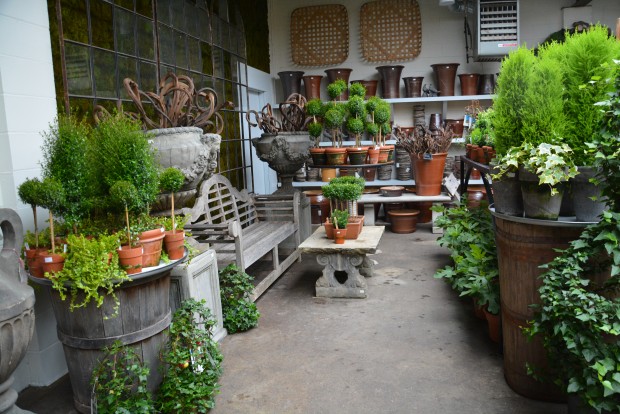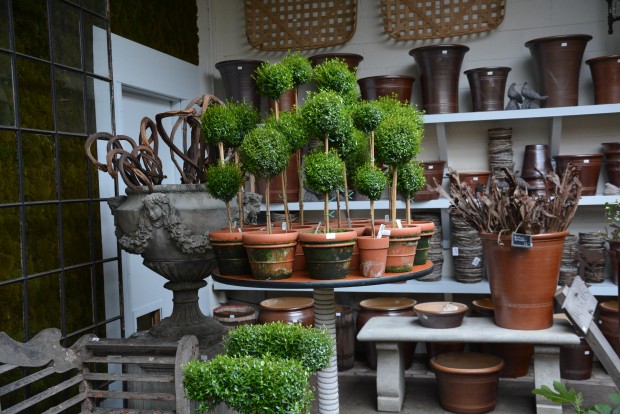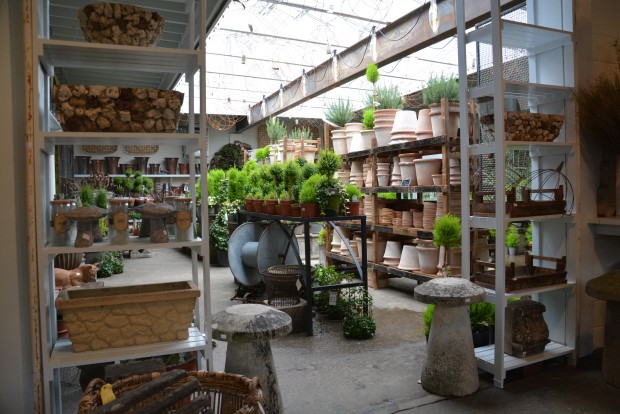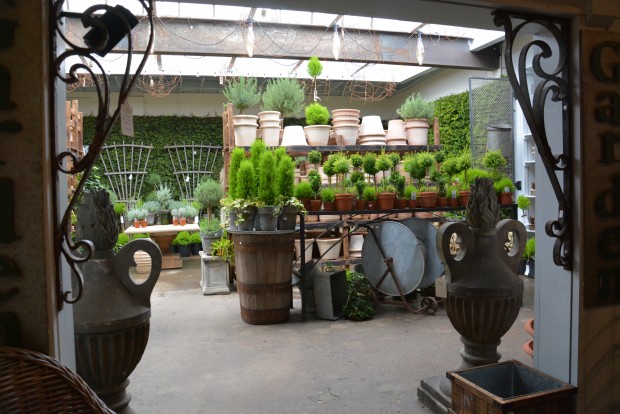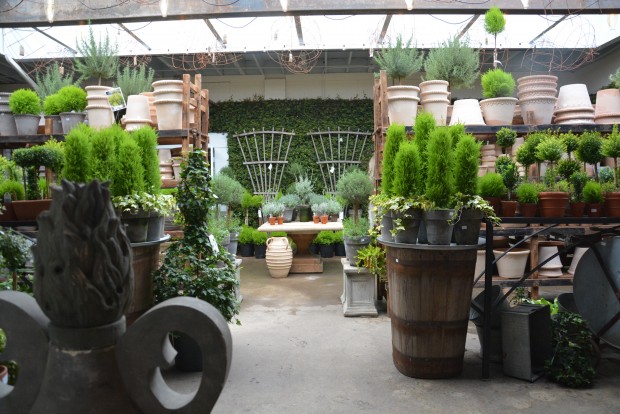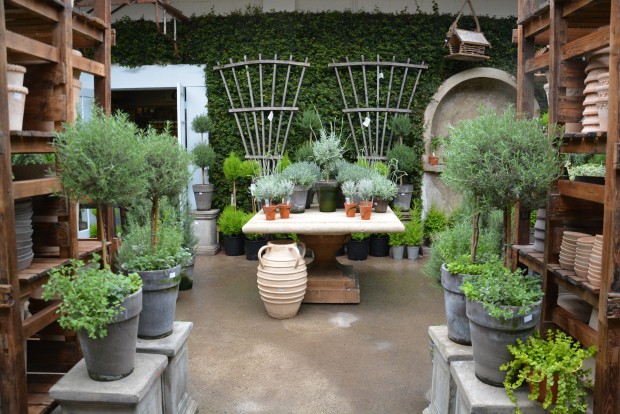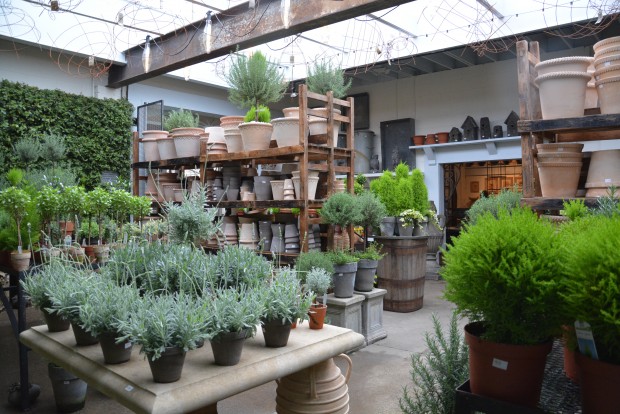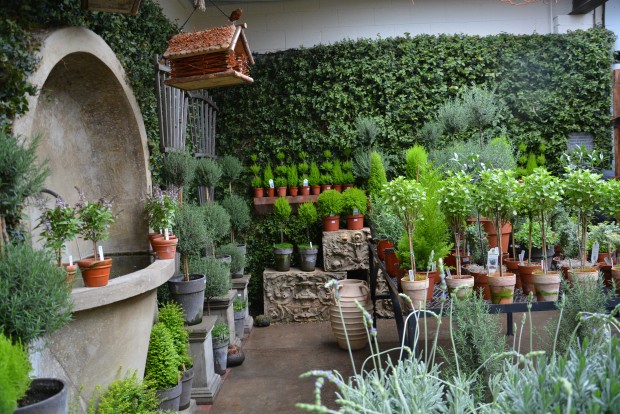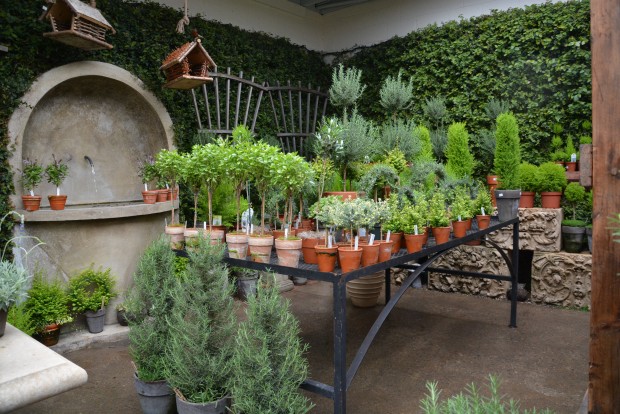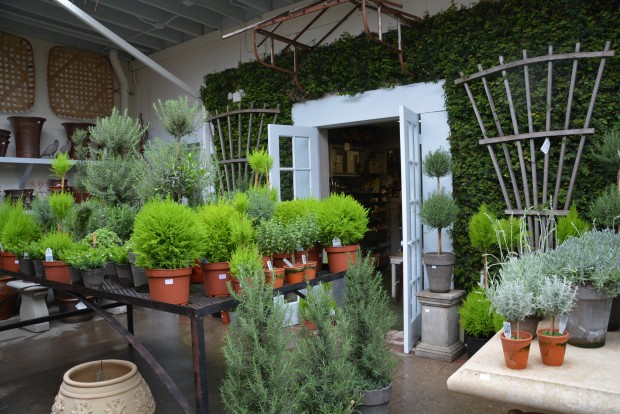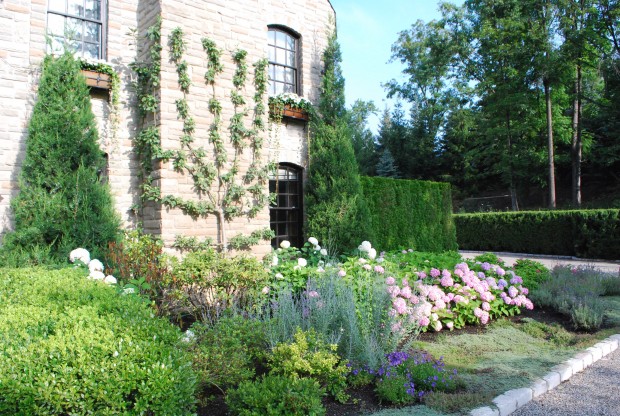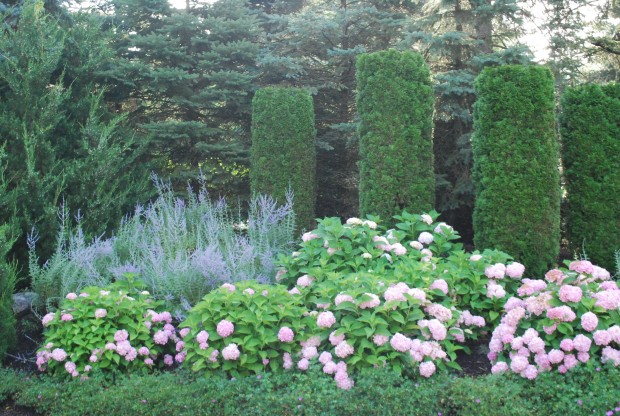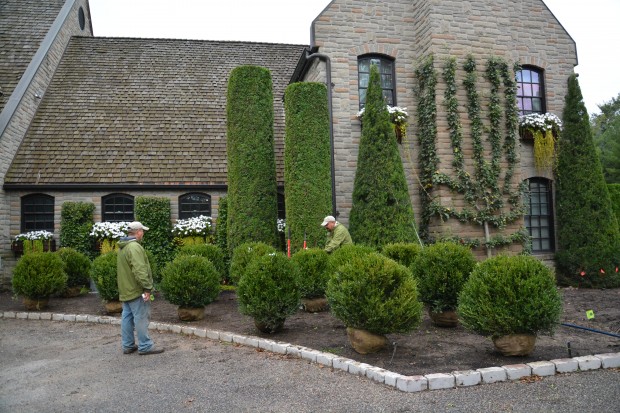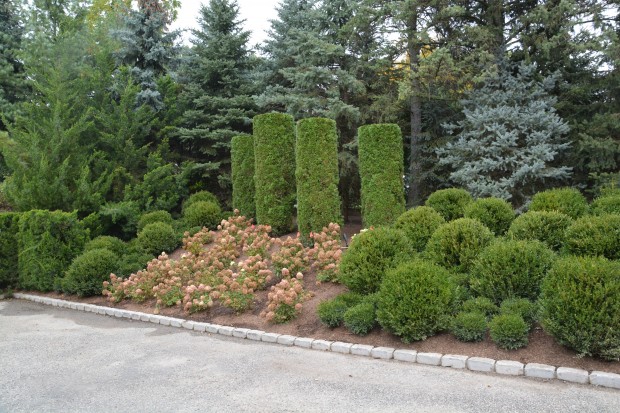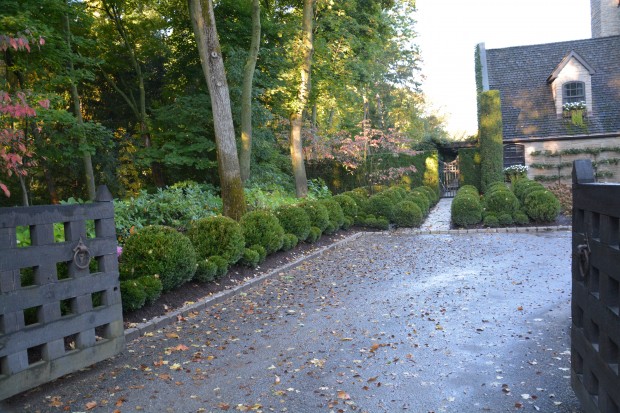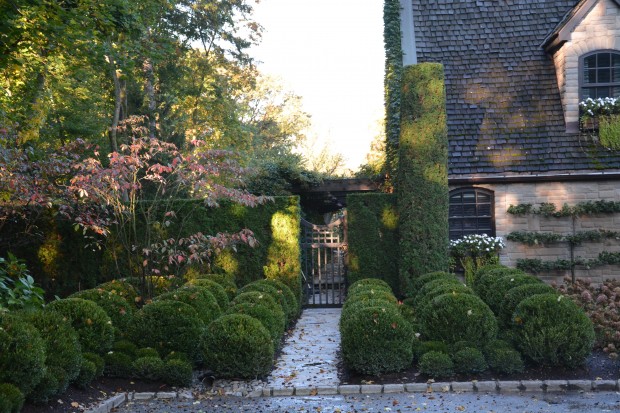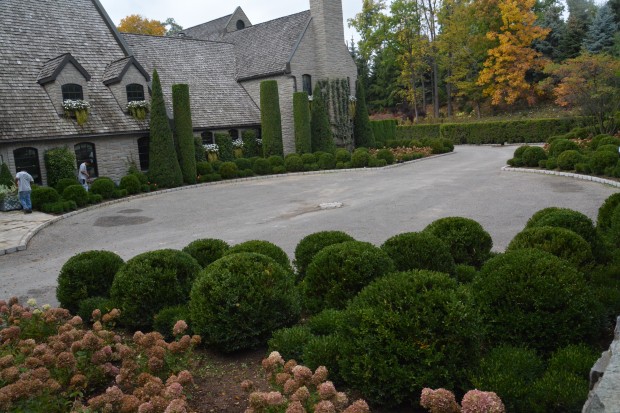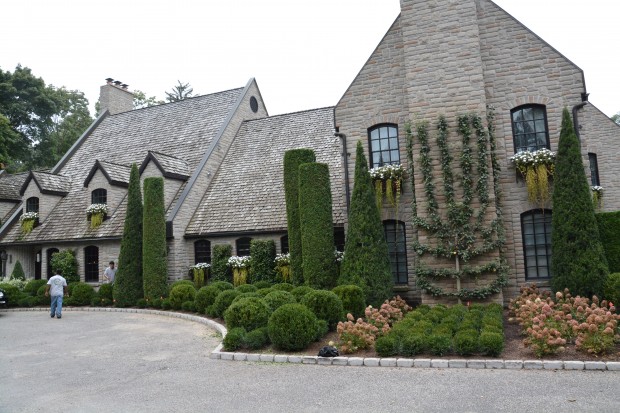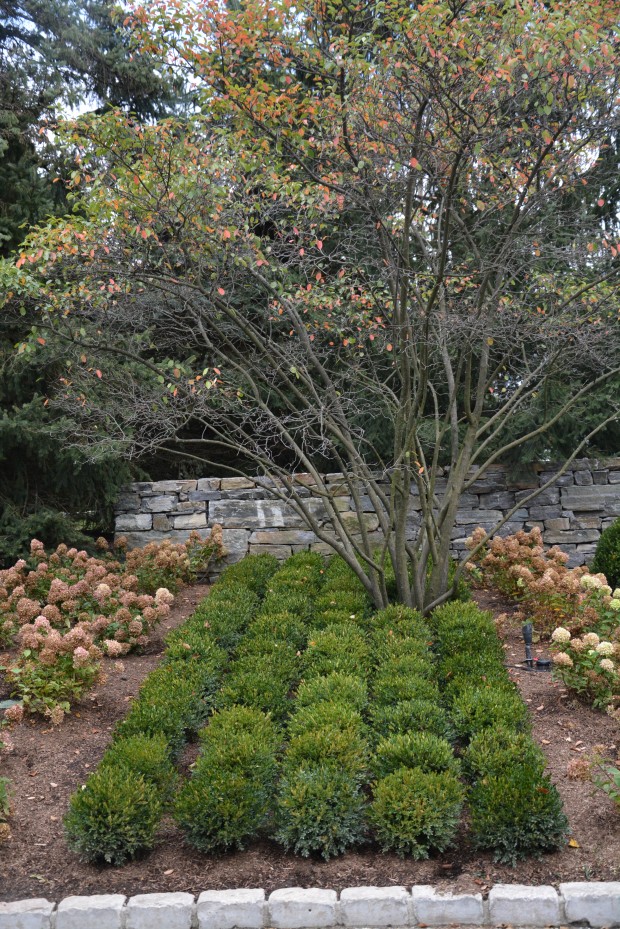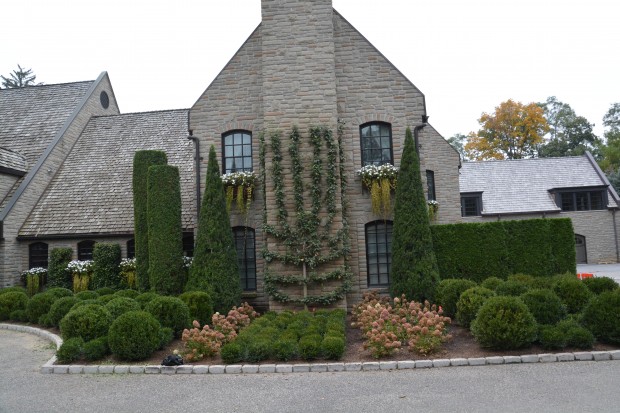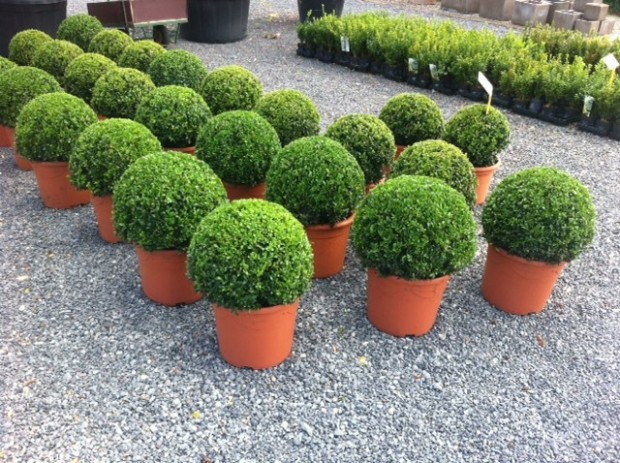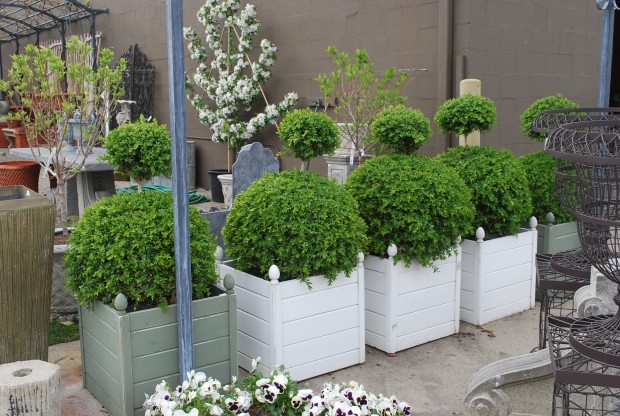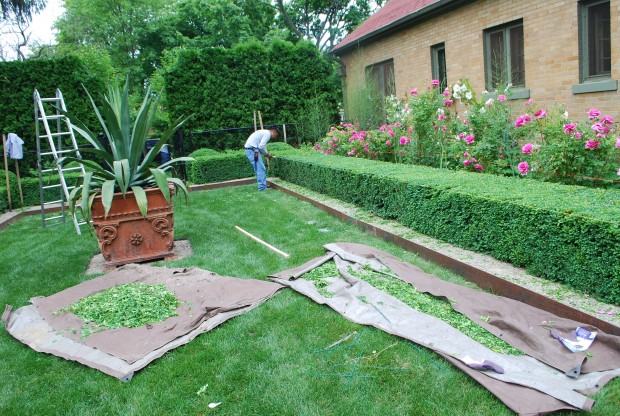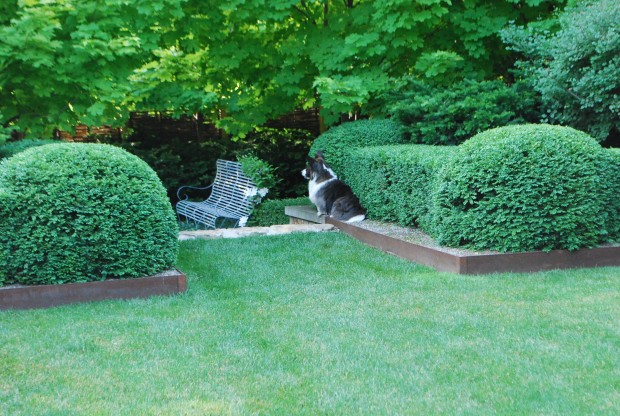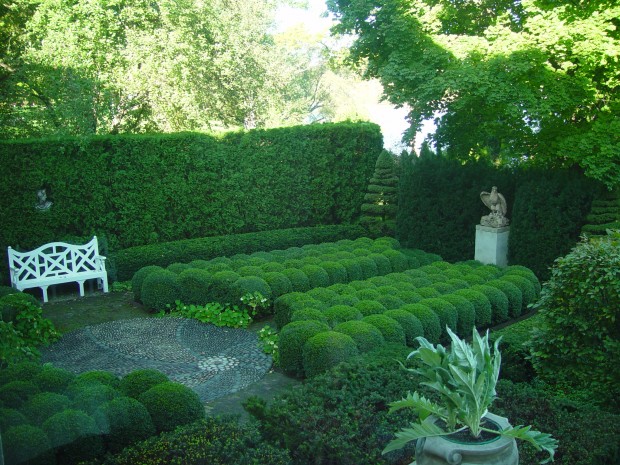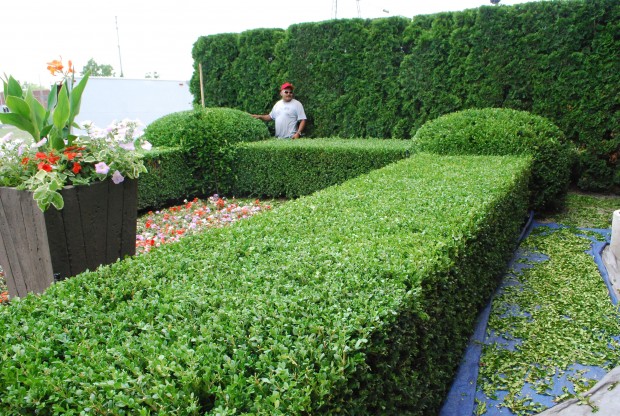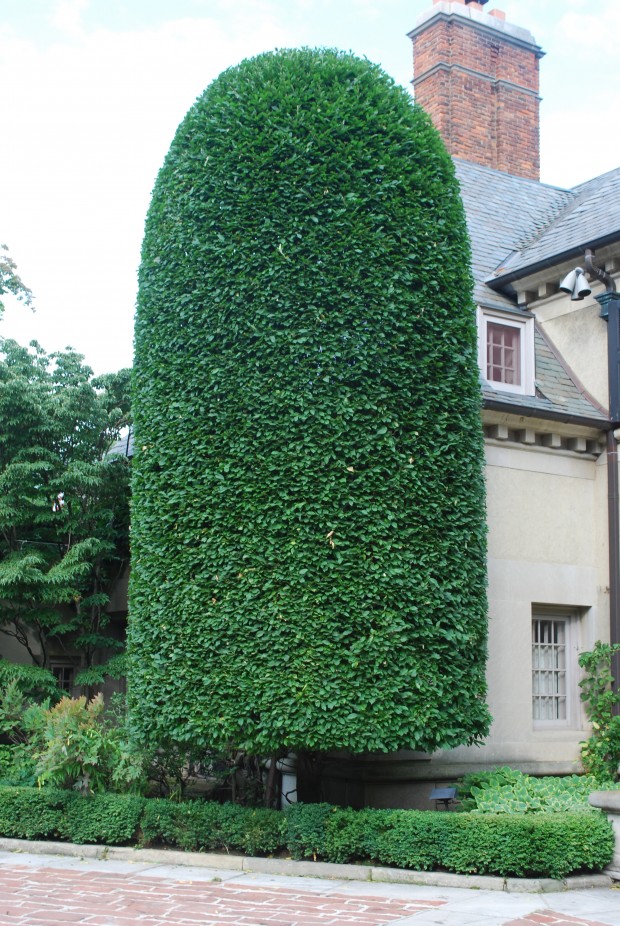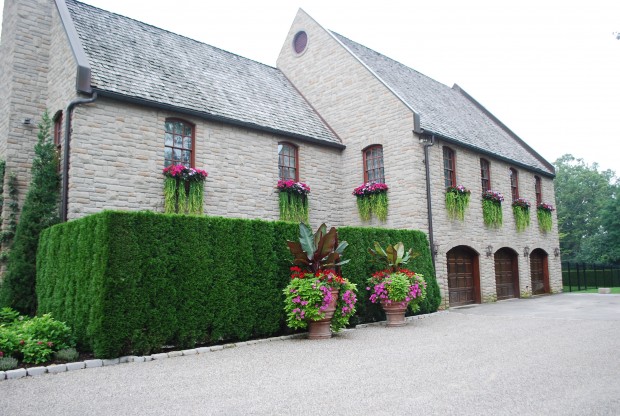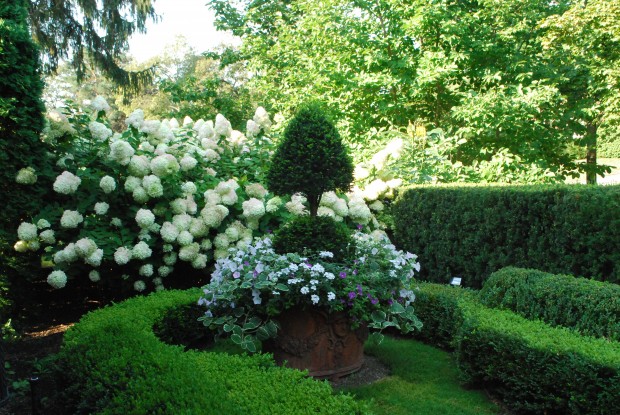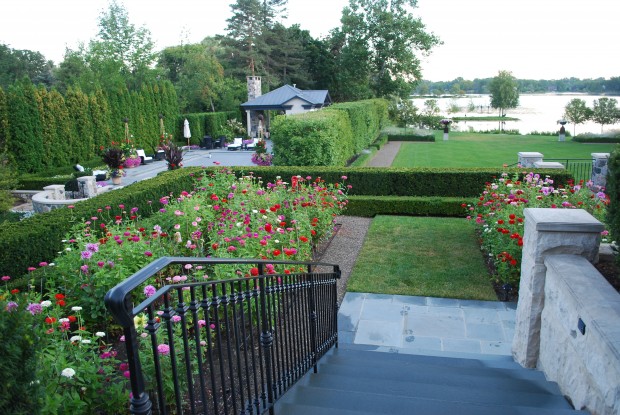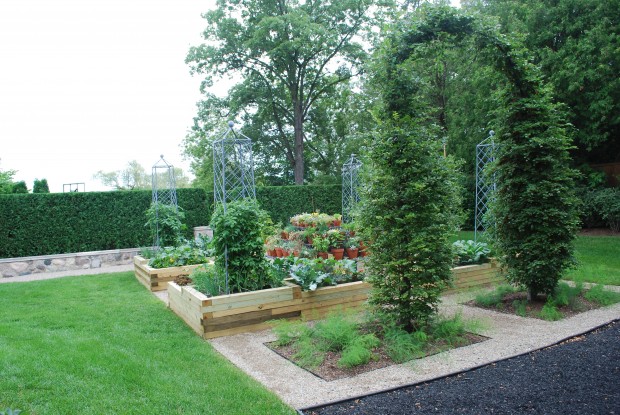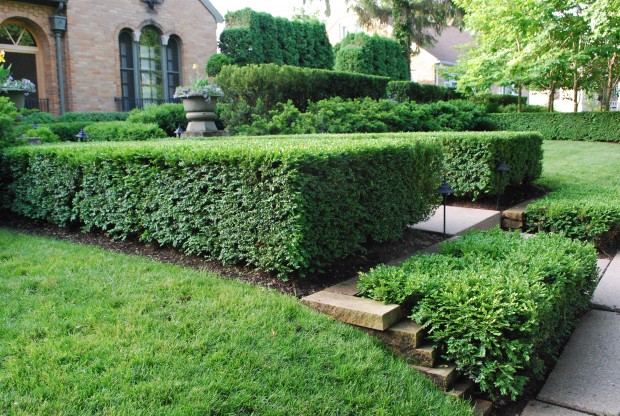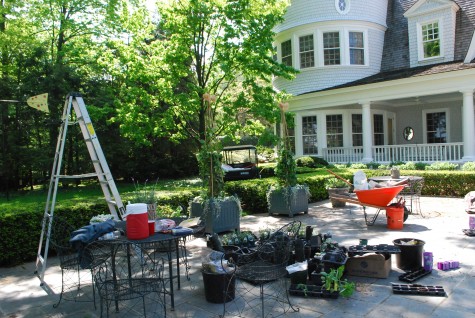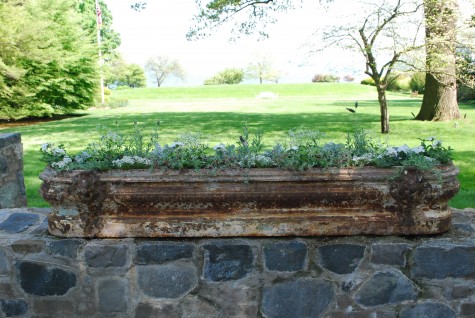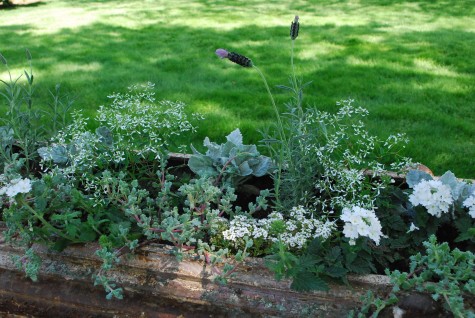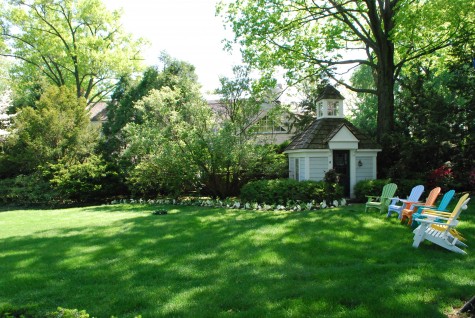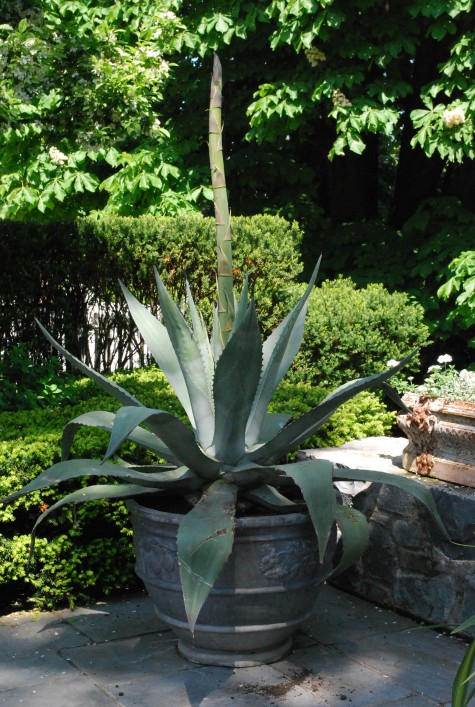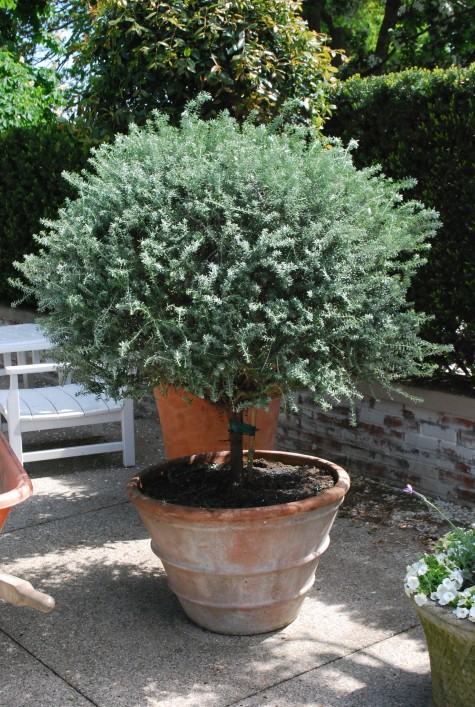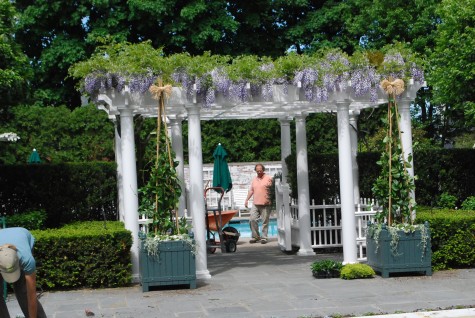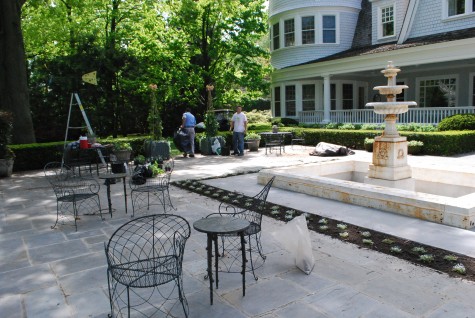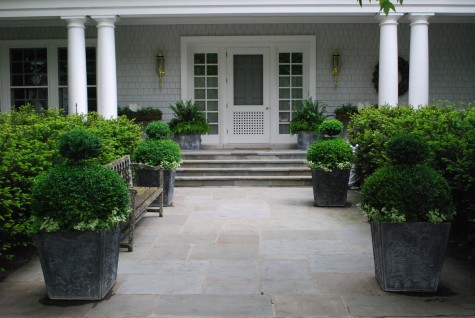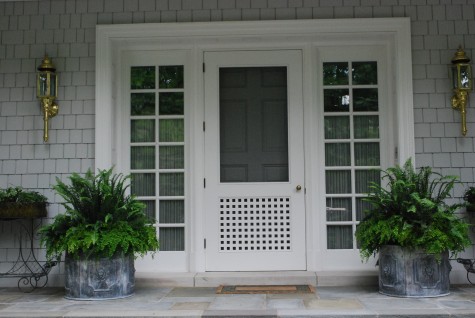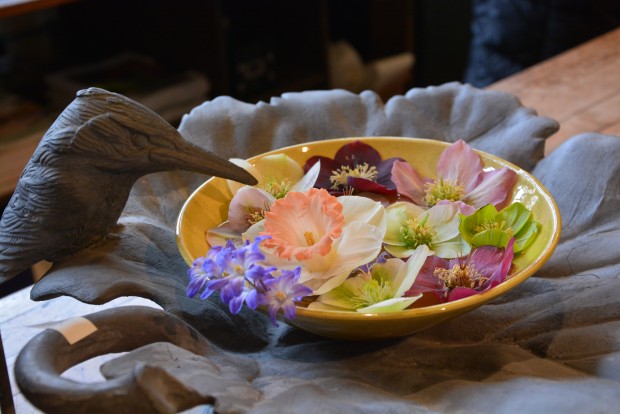 Detroit Garden Works will be hosting its annual spring fair tomorrow and Sunday. We are particularly fond of that time when winter is just about over, and a new gardening season is about to begin. Spring is the puppy season of the garden. Once the landscape and garden plants break dormancy, everything grows grows so fast is difficult to keep up with it all. The trees and shrubs are leafing out, the spring flowering bulbs leap out of the ground, the hellebores come in to their own-and there are weeds everywhere. The garden wakes up one moment, and is in high gear the next. One barely knows what to look at first. Some spring moments are as brief as they are beautiful, and gardeners do not want to miss any of it. In anticipation of the spring garden on the way, we invite a diverse group of people who make a career of some aspect of gardening to bring their plants and wares to our fair. The idea is to put a group of green industry people in the same place as lots of interested gardeners, offer a little something to eat and drink, and let the fun begin.
Detroit Garden Works will be hosting its annual spring fair tomorrow and Sunday. We are particularly fond of that time when winter is just about over, and a new gardening season is about to begin. Spring is the puppy season of the garden. Once the landscape and garden plants break dormancy, everything grows grows so fast is difficult to keep up with it all. The trees and shrubs are leafing out, the spring flowering bulbs leap out of the ground, the hellebores come in to their own-and there are weeds everywhere. The garden wakes up one moment, and is in high gear the next. One barely knows what to look at first. Some spring moments are as brief as they are beautiful, and gardeners do not want to miss any of it. In anticipation of the spring garden on the way, we invite a diverse group of people who make a career of some aspect of gardening to bring their plants and wares to our fair. The idea is to put a group of green industry people in the same place as lots of interested gardeners, offer a little something to eat and drink, and let the fun begin.
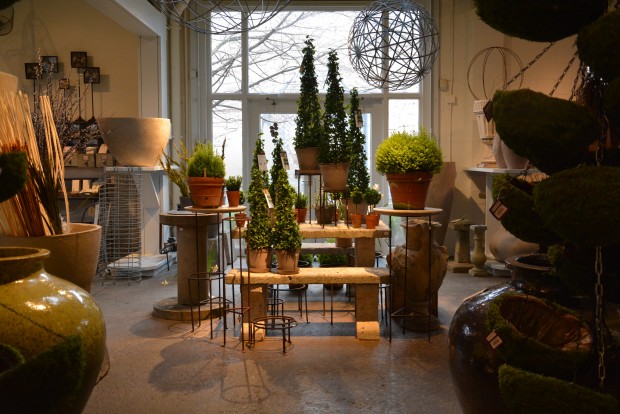 Our building is just about 10,000 square feet, and it is chock full of new pots, tools, garden ornaments, and best of all, the first of many interesting specialty plants we carry throughout the garden season. April weather can be very uncooperative. We’ve had quite a run of cold days and very cold nights recently. There is snow on the ground this morning, for pete’s sake. We plan to launch the spring 2016 season in spite of it. We have 10,000 square feet of warm space. Our fair space in the warehouse in the back of our building has lots of new lighting, and a new all glass garage door. If you have a mind to come, we will valet park your car at no charge, and load your purchases for you. You will be shoulder to shoulder with other passionate gardeners who are keen for perennials, cut flowers and bulbs that show themselves early in the spring.
Our building is just about 10,000 square feet, and it is chock full of new pots, tools, garden ornaments, and best of all, the first of many interesting specialty plants we carry throughout the garden season. April weather can be very uncooperative. We’ve had quite a run of cold days and very cold nights recently. There is snow on the ground this morning, for pete’s sake. We plan to launch the spring 2016 season in spite of it. We have 10,000 square feet of warm space. Our fair space in the warehouse in the back of our building has lots of new lighting, and a new all glass garage door. If you have a mind to come, we will valet park your car at no charge, and load your purchases for you. You will be shoulder to shoulder with other passionate gardeners who are keen for perennials, cut flowers and bulbs that show themselves early in the spring.
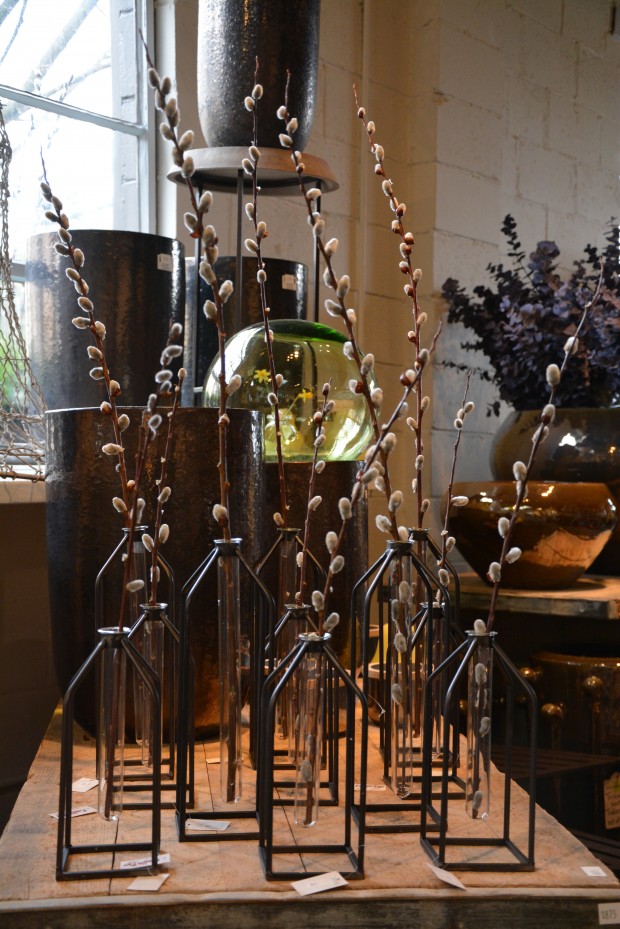 Our bunches of fresh cut pussy willow are the best I have ever seen. I wonder if the mild winter had something to do with this. Though our fall grown and cold wintered pansies are shrugging off the inclement weather, every one is covered with frost cloth for the night. Our hellebores are big and well grown plants. Our topiary plants can be enjoyed indoors until the night temperatures are warmer, and then moved outdoors for the summer.
Our bunches of fresh cut pussy willow are the best I have ever seen. I wonder if the mild winter had something to do with this. Though our fall grown and cold wintered pansies are shrugging off the inclement weather, every one is covered with frost cloth for the night. Our hellebores are big and well grown plants. Our topiary plants can be enjoyed indoors until the night temperatures are warmer, and then moved outdoors for the summer.
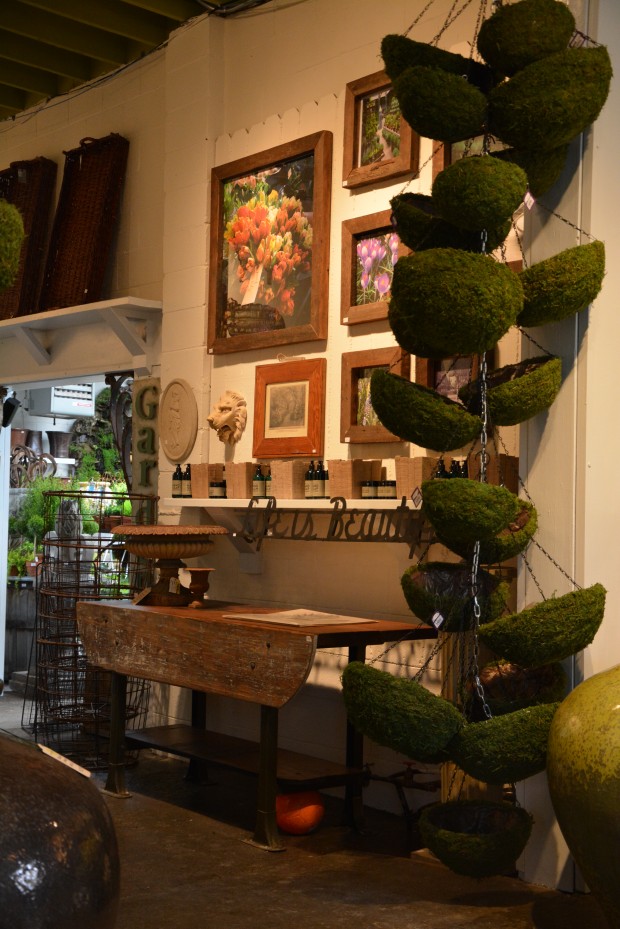 The shop is especially beautiful this spring. This is our 20th year in business, and the pride we feel in that is evident. You’ll see. But for all of you who are too far away to visit this weekend, to follow is a collection of pictures that will help give you a sense of what we look like right now.
The shop is especially beautiful this spring. This is our 20th year in business, and the pride we feel in that is evident. You’ll see. But for all of you who are too far away to visit this weekend, to follow is a collection of pictures that will help give you a sense of what we look like right now.
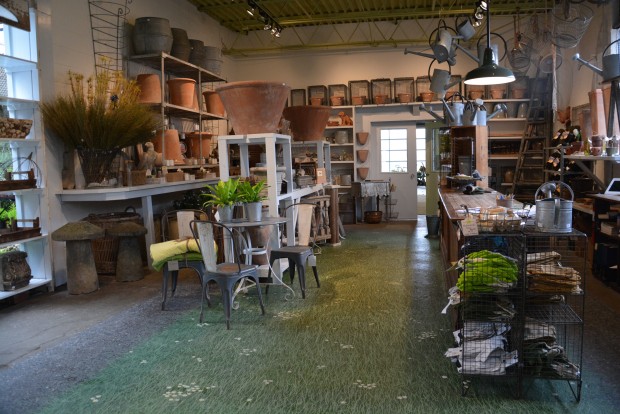 It has taken quite a few months to get to this moment. The shop walls got repainted. We have a fresh floor painting. We have new lighting. Every room is clean-sparkly. Every day we have something new coming in. In the distance, you can see how much light we have in the back now, courtesy of our glass overhead door.
It has taken quite a few months to get to this moment. The shop walls got repainted. We have a fresh floor painting. We have new lighting. Every room is clean-sparkly. Every day we have something new coming in. In the distance, you can see how much light we have in the back now, courtesy of our glass overhead door.
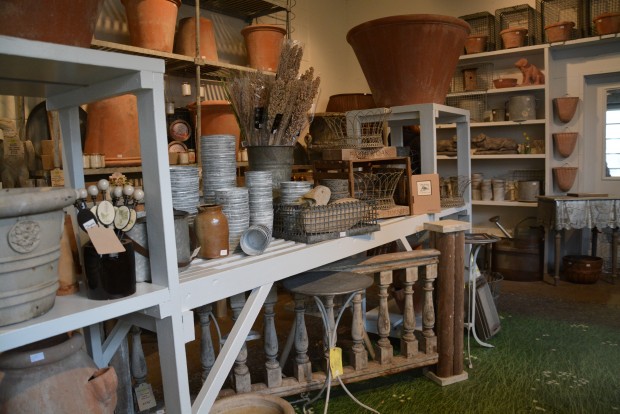 We have big and little ideas, and appropriate the materials to go with, for gardeners of every persuasion. This sentence is pretty short. Our effort to help gardeners of every persuasion is long lived, and serious. That aside, what we have in store for the weekend is all about the pleasure that a garden can provide.
We have big and little ideas, and appropriate the materials to go with, for gardeners of every persuasion. This sentence is pretty short. Our effort to help gardeners of every persuasion is long lived, and serious. That aside, what we have in store for the weekend is all about the pleasure that a garden can provide.
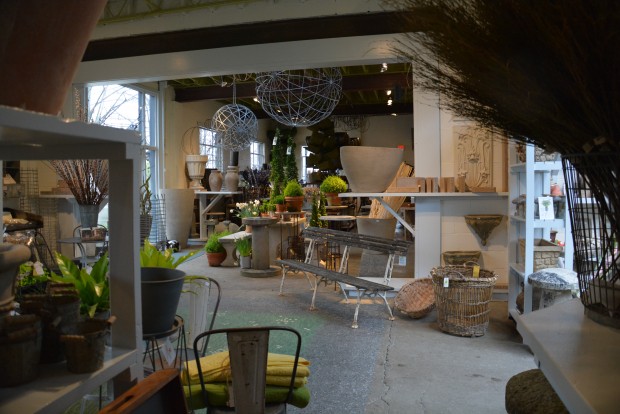 I promise there is enchantment in the air.
I promise there is enchantment in the air.
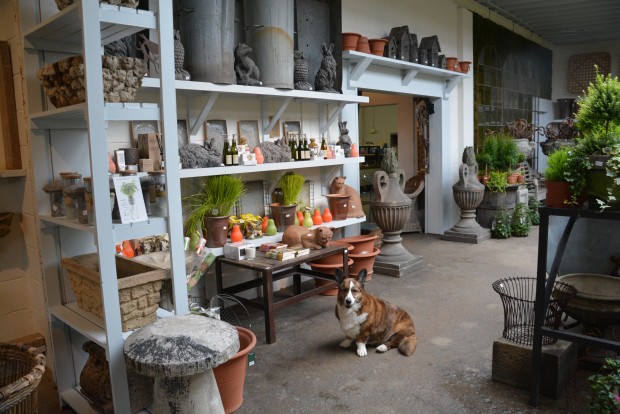 Even Howard has come out from under my desk to take part in what is going on.
Even Howard has come out from under my desk to take part in what is going on.
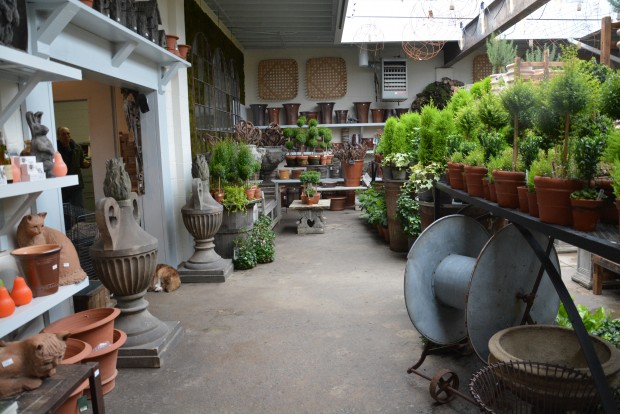 In anticipation of our spring fair, we had two truck loads of topiary plants delivered. Our greenhouse space is packed with plants. This is my favorite part-the plants.
In anticipation of our spring fair, we had two truck loads of topiary plants delivered. Our greenhouse space is packed with plants. This is my favorite part-the plants.
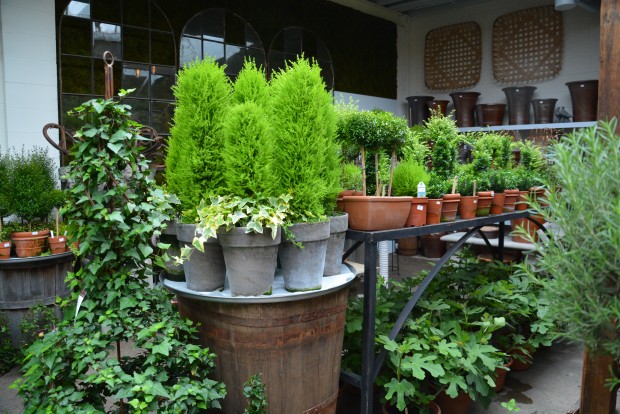 Lemon cypress, myrtle, boxwood honeysuckle and rosemary topiaries. Under the bench- hardy Chicago figs.
Lemon cypress, myrtle, boxwood honeysuckle and rosemary topiaries. Under the bench- hardy Chicago figs.
